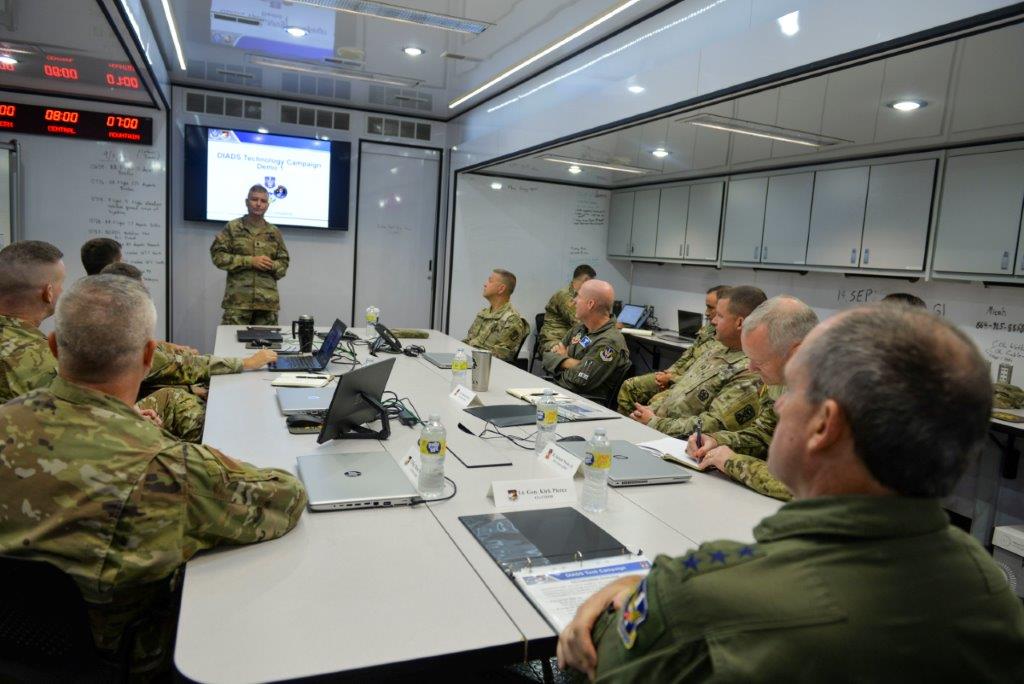
Air defenders from the US Air Force (USAF) and the Army have conducted a technology demonstration for a deployable-integrated air defence system (D-IADS).
It involved teams from the US Army’s Combat Capabilities Development Command Aviation & Missile Centre and 263rd Army Air and Missile Defence Command (AAMDC) and USAF’s North American Aerospace Defence Command (NORAD).
Conducted between 12 and 23 September, the demonstration aimed to validate the system’s deployment procedures and an advanced electronic identification capability, referred to as joint multi-platform advanced combat ID (JMAC), with NORAD’s D-IADS.
Designed to increase battlespace awareness, JMAC is an advanced electronic identification capability.
It provides improved support for the identification of potential threats, allowing leaders to have more time for critical decision-making.
US Continental NORAD Region and 1st Air Force (Air Forces Northern and Air Forces Space) commander lieutenant general Kirk Pierce said: “Time to make effective decisions is critical in air and missile defence.
How well do you really know your competitors?
Access the most comprehensive Company Profiles on the market, powered by GlobalData. Save hours of research. Gain competitive edge.

Thank you!
Your download email will arrive shortly
Not ready to buy yet? Download a free sample
We are confident about the unique quality of our Company Profiles. However, we want you to make the most beneficial decision for your business, so we offer a free sample that you can download by submitting the below form
By GlobalData“We’re confident enhanced capabilities will enable D-IADS to do that.”
The process commenced with Pierce and 263rd AAMDC deputy commanding general brigadier general Richard Wholey’s site visit to Tyndall Air Force Base’s radar location to check the equipment of the demonstration.
The AAMDC provided around 70 support personnel for the demo, along with the US Army’s National Advanced Surface-to-Air Missile System (NASAMS) launcher, a command-and-control (C2) mobile suite and two improved Sentinel radars.
During the two-week demonstration, two Sentinel radars were placed at different locations on expansive bases and airspace to identify various simulated airborne threats, representative of enemy missiles/aircraft.
Data collected by radars was passed to the C2 suite, where the air defenders employed countermeasures such as NASAMS to defeat the adversary.
The gathered data will further be evaluated to validate D-IADS’ overall performance and enhanced capabilities.






